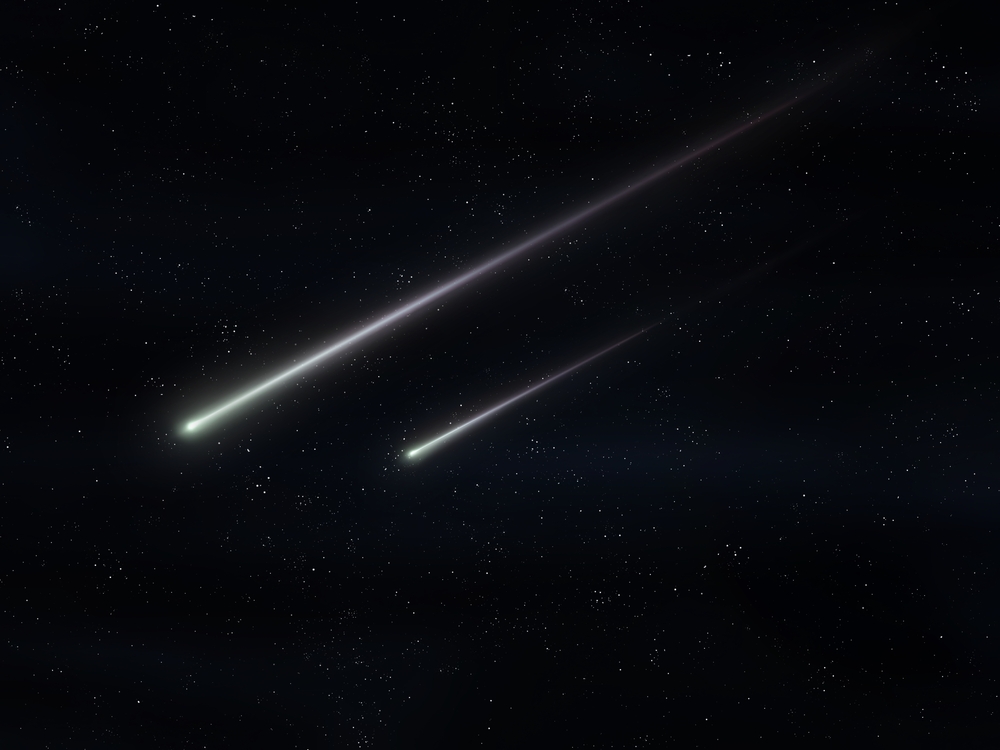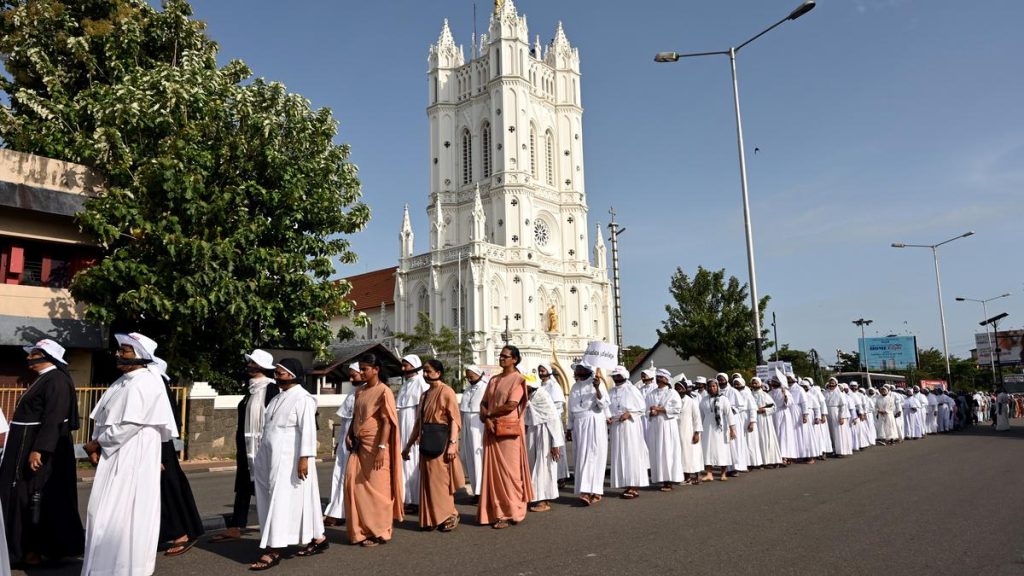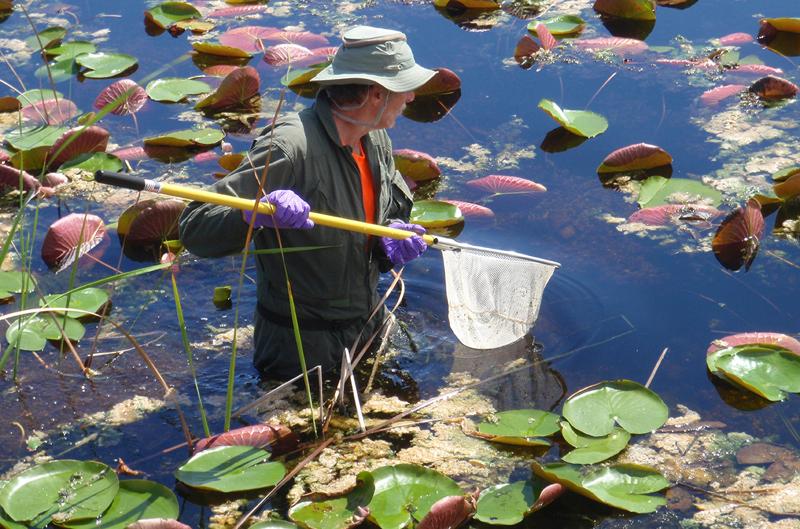Now Reading: Twin Meteor Showers to Light Up Indian Skies in July 2025
-
01
Twin Meteor Showers to Light Up Indian Skies in July 2025
Twin Meteor Showers to Light Up Indian Skies in July 2025

Quick Summary
- Celestial Event Timing: Two meteor showers, the Southern delta Aquariids and Alpha Capricornids, will peak simultaneously from July 29 to July 30, 2025.The moon will be only 27% full, enhancing visibility.
- Southern Delta Aquariids: Best viewed in southern regions of the Southern Hemisphere. Meteors from this shower are faint and lack fireballs or trains.
- Alpha Capricornids: Produces bright fireballs with trailing tails, observable primarily near the equator in the Southern Hemisphere during the same timeframe.
- Causes of Showers:
– Southern Delta Aquariids are caused by debris from comet 96P/Machholz (orbits every five years).
– Alpha Capricornids emanate from comet 169P/NEAT (orbits every ~4.2 years).
- Viewing Tips:
– Avoid areas with light pollution; hillsides with clear horizon views recommended.
– Essentials include warm clothing and a camera equipped for long-exposure shots if capturing meteors is desired.
- Both showers will remain active until August 12, providing extended opportunities for observation.
Indian Opinion Analysis
India has vibrant traditions linked to stargazing and astronomy that could make events like these engaging for communities across scientific and cultural lines. While optimal viewing locations lie predominantly in the Southern Hemisphere closer to equatorial regions, Indian enthusiasts may still see moderate activity during partial peaks.
This meteor shower underscores opportunities for educational outreach programs encouraging an interest in astronomy among students-possibly invigorating India’s ongoing advancements in space exploration via ISRO initiatives. Additionally, it raises awareness about reducing light pollution in urban areas to enhance observational experiences.
From a tourism outlook, neighboring countries closer to optimal views might attract travelers interested in celestial phenomena-a reminder of regional collaboration opportunities around such rare events.























